A Passion For Tantalum
09/11/2013 //
The first tantalum capacitor factory I ever toured was the Vishay operation in Dimona, Israel. Dr. Felix Zandman, the CEO and founder of Vishay was my host and guide for the tour. He described in detail the 72-step process it took to manufacture the molded and coated tantalum chip capacitor. But the greatest interest to me at the time was the first step; the receiving and handling of the capacitor grade tantalum metal powder, because it was the powder that made the finished capacitor unique, that made it the electronic component of choice for the design engineer who needs extremely high capacitance in an ultra-small case size.
After having the good fortune to have also toured the (former) EPCOS tantalum plant in Evora, Portugal (now owned by KEMET- See Figure 1) and the AVX tantalum factories in Lanskroun, Czech Republic (See Figure 3) and Paignton, United Kingdom, I noted that these various tantalum capacitor factories all were fundamentally the same with respect to how they manufactured their tantalum capacitors with some minor variations as to how they controlled costs and how they managed the throughput of manufacturing. But one key similarity was how they managed their capacitor grade tantalum metal powder, which arrived in vacuum packed bags from H.C. Starck or Cabot Supermetals (now Global Advanced Metals)
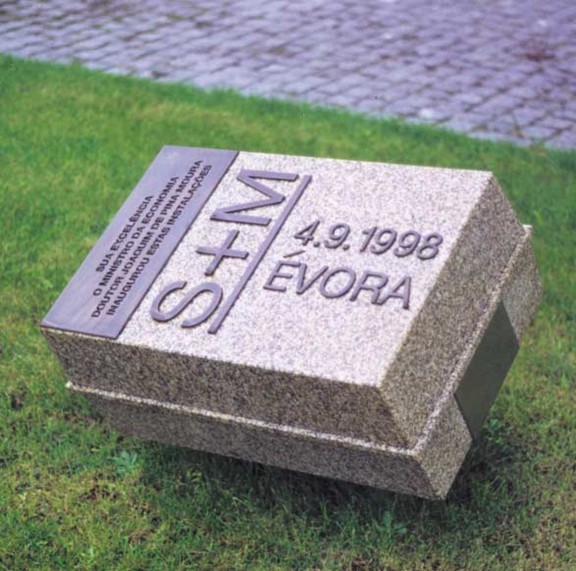
Figure 1- The Famous Tantalum Capacitor Sculpture Outside The Former EPCOS Factory In Evora, Portugal (Photographed by Dennis Zogbi- All Rights Reserved)
Luckily, in my career at Paumanok, I also have had the good fortune to have toured the tantalum powder operations of H.C. Starck in Goslar, Germany, and the tantalum powder operations of Cabot Supermetals (now Global Advanced Metals) in Boyertwon, Pennsylvania. The relationship between the producers of capacitor grade tantalum metal powder, which is used as the dielectric material that is pressed to form the anode in tantalum capacitors (See Figure 2); and the manufacturers of the finished tantalum capacitors themselves cannot be underestimated, and in fact form a symbiotic relationship that is not only critical to the historical development of the multi-billion global tantalum capacitor industry, but also to its continuing evolution as a viable dielectric.
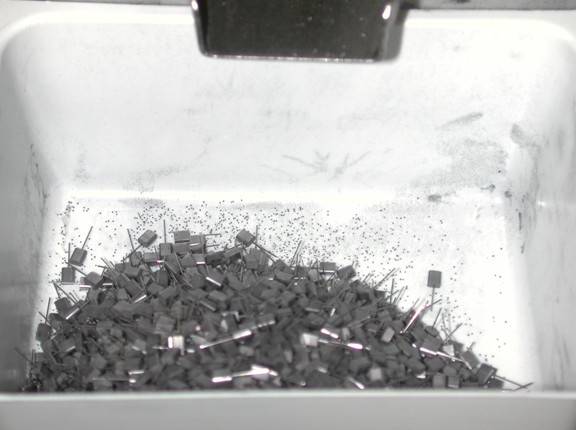
Figure 2: Tantalum Metal Powder Pressed Into Anodes At The Vishay Tantalum Capacitor Factory in Dimona, Israel (Photographed by Dennis Zogbi-All Rights Reserved).
When Science Meets Reality:
The primary technical-economic maxim that drives the science behind the development of a tantalum capacitor is that capacitance is equivalent to the size of the finished component, or more to the point, capacitance is directly proportional to the available surface area contained in the finished capacitor. Tantalum capacitors are unique in how they accomplish this advanced surface area. The fired tantalum anode forms microscopic pores that maximize the available surface area (unlike a ceramic chip capacitor which creates added surface area by stacking up the dielectrics on top of each other, or the aluminum and film capacitors which create added surface area by winding the dielectric up tightly to produce the added surface area). In tantalum, the capacitance value per gram of powder, which is the measurement that is used to determine how much capacitance will be available to the capacitor designer in the finished capacitor, is created through either a sodium reduction process or an advanced melting process (or both). Over time, the ability to increase the capacitance value per gram of tantalum powder has been responsible for the creation of increasingly larger capacitance values, in increasingly smaller case sizes.
Source Paumanok Publications, Inc.
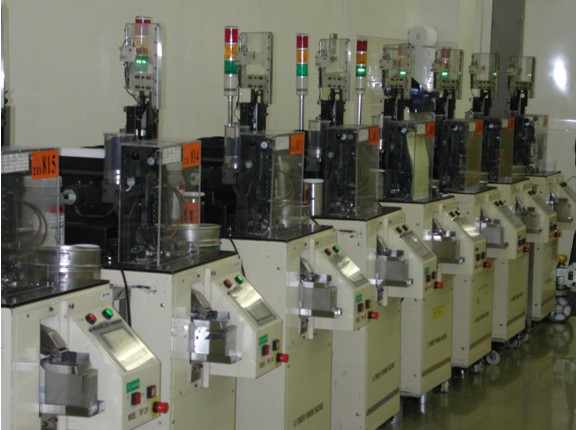
Figure 3: Tantalum Capacitor Anode Processing Machines at AVX’s Tantalum Factory in Lanskroun, Czech Republic (Photographed by Dennis Zogbi-All Rights Reserved).
How Tantalum Capacitors Enable Modern Electronics
Tantalum capacitors are well known for their ability to store extremely high quantities of capacitance in an extremely small physical case size, which is generally in the 1 to 1000 microfarad range, and at operating voltages of 35 volts and less (for mass produced products). The high capacitance afforded the design engineer in tantalum capacitors has been an important development in the creation of modern electronics, especially notebook and tablet computers, wireless handsets, automotive anti-lock braking systems, telecommunications switching equipment, wireless base stations, defense electronics, oil and gas related electronics and medical implants. Tantalum capacitors have enjoyed such a long historical relationship with so many end-product markets for multiple decades that it is not only the ability of tantalum capacitors to provide the design engineer with high capacitance in a small case size, but it is also its known reliability that continues to ensure its usage in modern electronics, and the commitment of the supply chain to continue to evolve the technology.
Trend Analysis: Increase in Capacitance for an A Case, 6.3 Vdc Molded Chip Between 2003 and 2013
Complete visibility on the supply chain for tantalum materials into the electronics industry gives us the ability to pinpoint exactly where the technological breakthrough has occurred and continues to occur that enables the creation of such high capacitance in such a small case size, and that is at the engineering of the tantalum ore into capacitor grade powder.
The following Figure illustrates the maximum capacitance value in an A case tantalum chip capacitor at 6.3 volts between 2003 and 2013. This ten-year analysis shows the increase in the capacitance value from 33 microfarad in 2003 to 47 microfarad in 2005, to 68 microfarad in 2007, and 100 microfarad in 2011. Based on primary intelligence it is estimated that the introduction of a 150 microfarad A case at 6.3 volts will be available in 2014 and an 220 microfarad molded tantalum chip capacitor at 6.3 Vdc will be available by 2020.
Figure 4: Trend Analysis: Increase in Capacitance for an A Case, 6.3 Vdc Molded Tantalum Chip Between 2003 and 2013
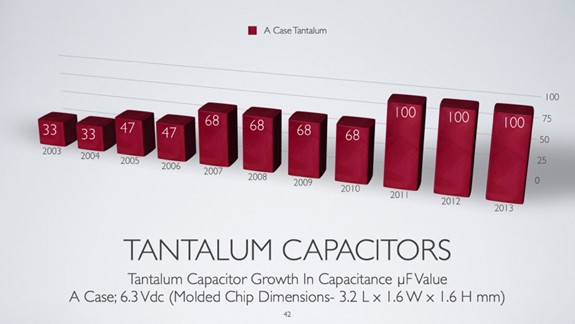
Anode Powder Trends and Forecasts: Growth in CV/g Value:
The following figure illustrates the growth in the value of capacitor grade tantalum metal powder between 1996 and 2013. This trend analysis goes hand-in-hand with the technological developments of the finished capacitor shown in the previous figure above. Over time the value of demand for capacitor grade tantalum metal powder in the market has changed. In 1996 for example, the market for capacitor grade tantalum powder was almost all below 49,000 CV/g, however, by 2001 (just five years later) demand had shifted to 40% in favor of the higher CV/g products from 50,000 to 80,000 CV/g (with emphasis upon the 50,000 CV/g product which was in popular demand back in 2001); however, by 2013 the 50,000 to 80,000 CV/g line is now 67% of global consumption value, and newer powders with higher CV/g values from 81,000 to 200,000 CV/g now represents 8% of demand in terms of value. We further expect this trend to continue to 2020 when we anticipate that demand for the 81,000 to 200,000 CV/g market will grow to 26% of demand in terms of value and newer powders in the 201,000 to 350,000 range will represent 8% of demand. We even believe that 400,000 CV/g powders are possible as well.
Figure 5: Capacitor Grade Tantalum Metal Powder CV/g Values and Trends; 1996, 2001, 2013, 2020F
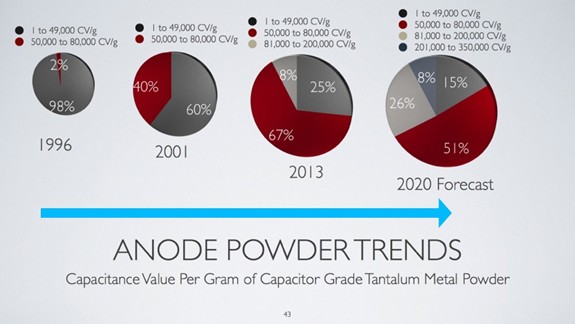
Source Paumanok Publications, Inc.
Summary, Conclusion and What the Future Holds:
Complete visibility on the supply chain for tantalum capacitors has enabled me to identify the key areas of innovation that have enabled the capacitor manufacturer to increase capacitance value and decrease case size over the past decade. The area with the greatest technological significance in this process has been at the conversion of tantalum ore into capacitor grade tantalum metal powder. Through the modern application of nanotechnology into the creation of the powder, along with strict guidelines to maintain tantalum purity up and to the point of capacitor production, significant advancements in volumetric efficiency have been made, and these advancements have been instrumental in enabling the production of portable and mission critical electronics over time.
The same visibility that has afforded us a look into the past, also offers us a glimpse into the future. Higher capacitance powders are now being tested that will help to create even higher capacitance tantalum chips in even smaller case sizes over the next five years. These innovations will continue to add functionality to the portable platforms that help to enhance our modern lives.
Dennis M. Zogbi

Dennis M. Zogbi is the author of more than 260 market research reports on the worldwide electronic components industry. Specializing in capacitors, resistors, inductors and circuit protection component markets, technologies and opportunities; electronic materials including tantalum, ceramics, aluminum, plastics; palladium, ruthenium, nickel, copper, barium, titanium, activated carbon, and conductive polymers. Zogbi produces off-the-shelf market research reports through his wholly owned company, Paumanok Publications, Inc, as well as single client consulting, on-site presentations, due diligence for mergers and acquisitions, and he is the majority owner of Passive Component Industry Magazine LLC.